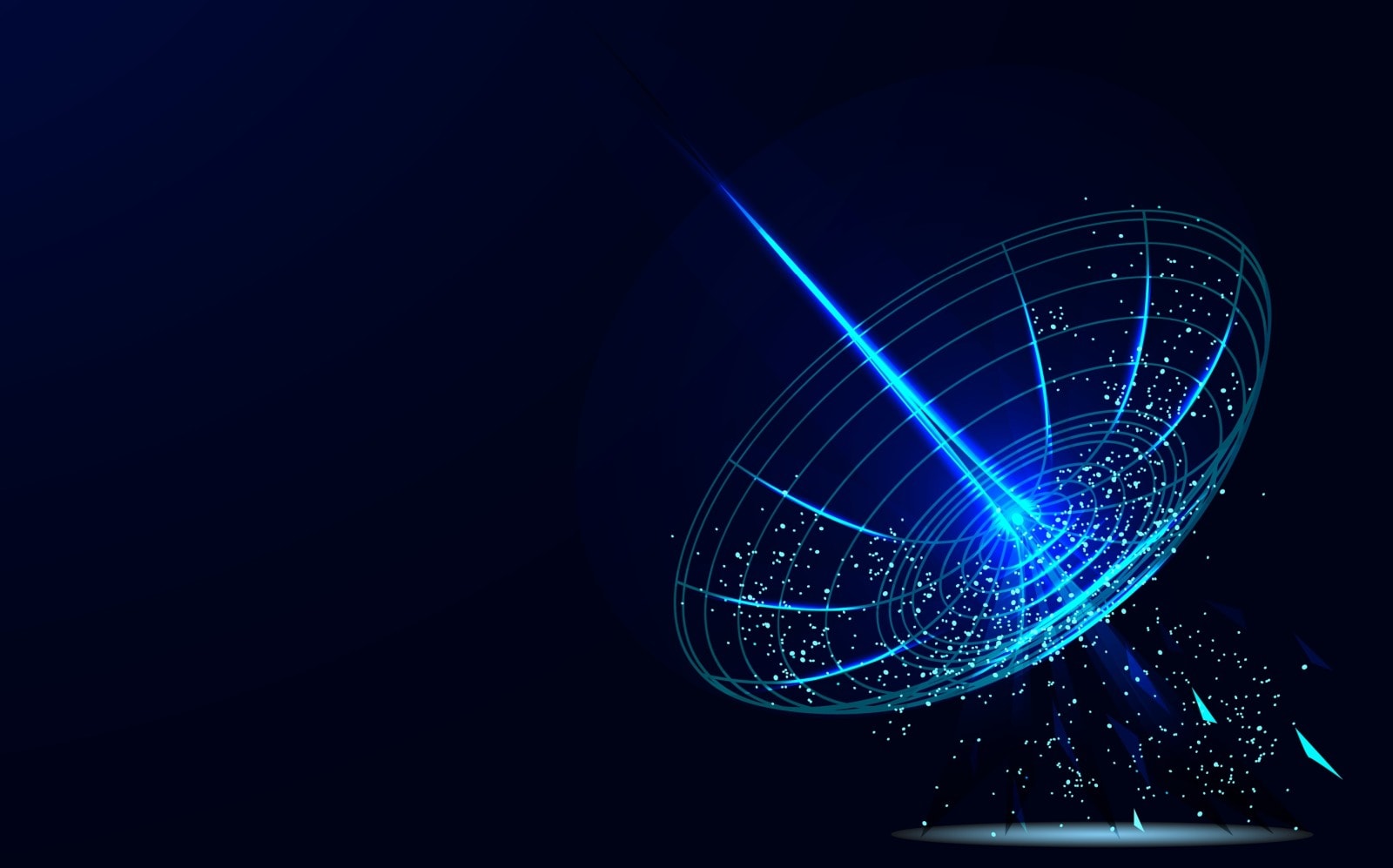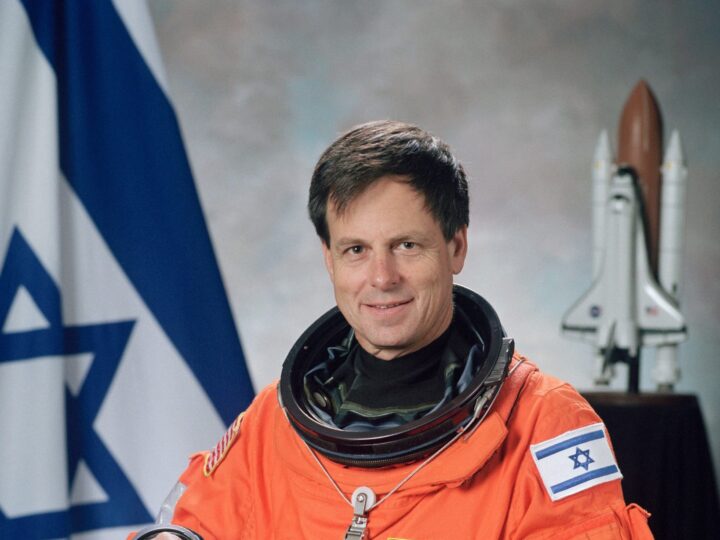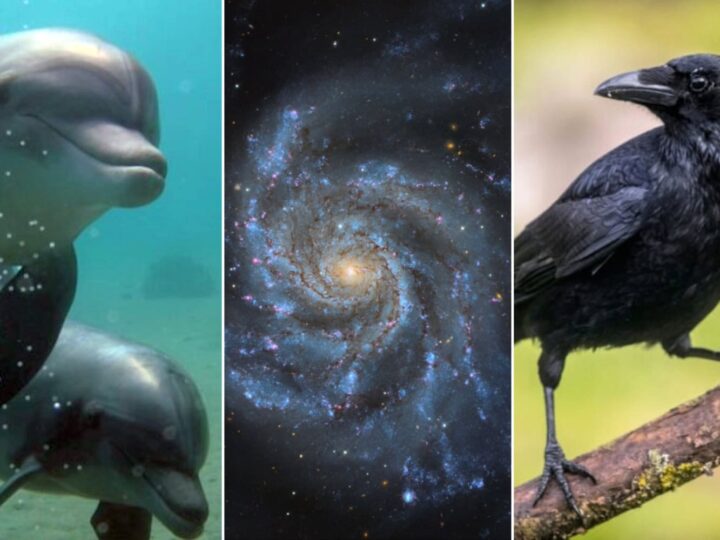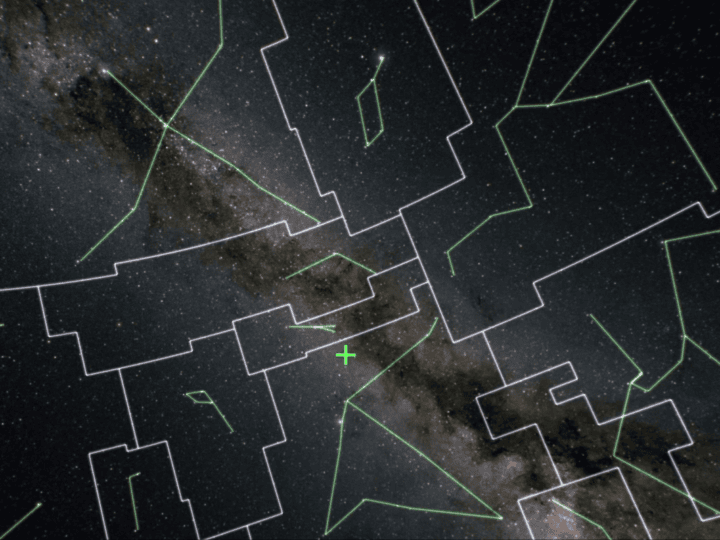Radio waves emitted from the hydrogen gas that filled the universe millions of years ago may contain clues about the cosmic “dark ages” before the formation of the first stars.
This astronomical breakthrough from Tel Aviv University proposes that lunar-based radio wave detection could help determine the composition of the early universe as well as the weight of neutrino particles, and add to scientists’ limited knowledge about dark matter, the mysterious building block of outer space.
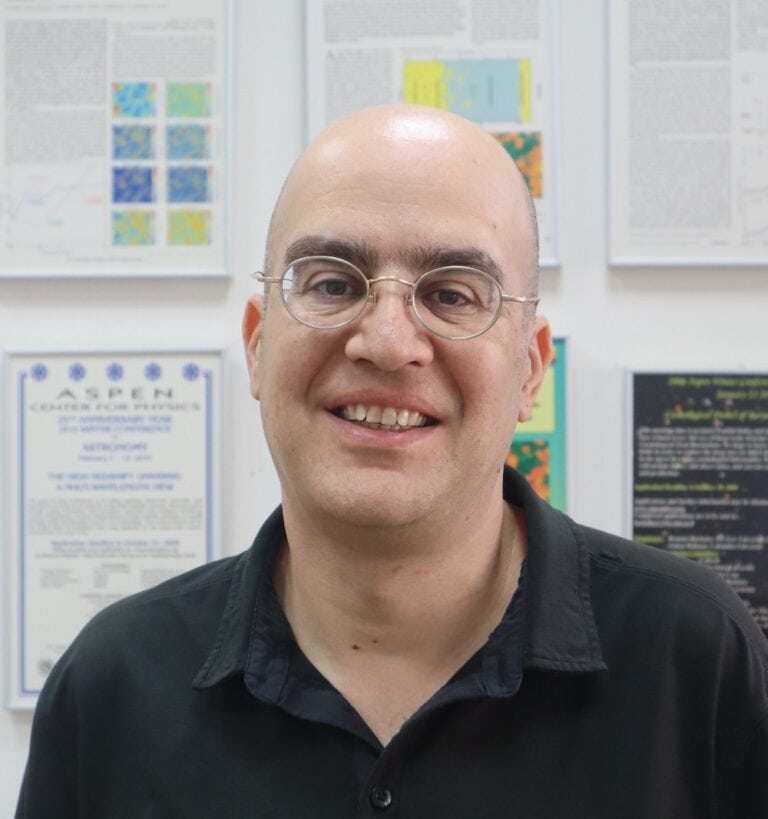
This study was led by Prof. Rennan Barkana’s research group, including the postdoctoral fellow Rajesh Mondal. Their novel conclusions have been published in Nature Astronomy.
The researchers explain that while every car has an antenna that detects radio waves, the specific waves from the early universe are blocked by the Earth’s atmosphere. They can only be studied from space, particularly the moon, which offers a stable environment, free of any interference from an atmosphere or from radio communications.
They say that putting a telescope on the moon isn’t an impossible dream, given that the United States, Europe, China and India are engaged in an international space race to return to the moon with space probes and, eventually, astronauts. Their research may intrigue one of these countries to try detecting radio waves from the cosmic dark ages.
Barkana explained: “NASA’s new James Webb space telescope discovered recently distant galaxies whose light we receive from the cosmic dawn, around 300 million years after the Big Bang. Our new research studies an even earlier and more mysterious era: the cosmic dark ages, only 50 million years after the Big Bang.”
Barkana said that conditions in the early universe were quite different from today and that using radio observations to determine the density and temperature of hydrogen gas at various times can reveal what is still to be discovered.
Furthermore, a radio telescope consisting of an array of antennas could accurately determine the amount of hydrogen and of helium in the universe. Hydrogen is the original form of ordinary matter in the universe, from which stars, planets, and eventually life began.
With an even larger array of lunar antennas, it would also be possible to measure the weight of cosmic neutrinos — tiny particles emitted in various nuclear reactions. Their weight is a critical unknown parameter in the advancement of physics beyond particle physics.
“When scientists open a new observational window, surprising discoveries usually result,” said Barkana. “Clearly, the cosmic dark ages are destined to shed new light on the universe.”




